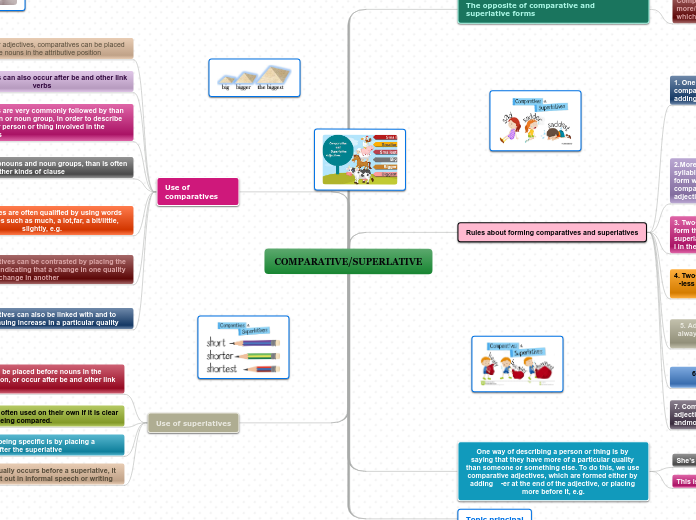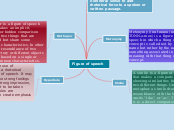av Hilda Alonzo 5 år siden
2744
COMPARATIVE/SUPERLATIVE
Superlatives and comparatives are essential tools in the English language for describing and comparing qualities. Superlatives typically have "the" before them, though this can be omitted in casual speech or writing.









